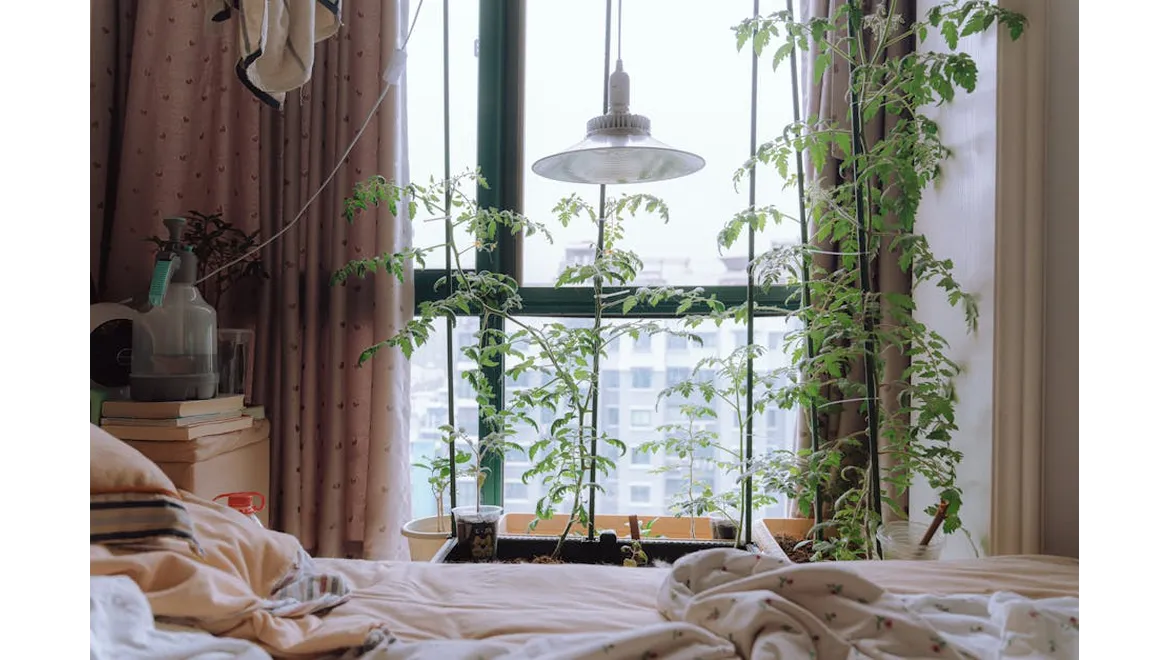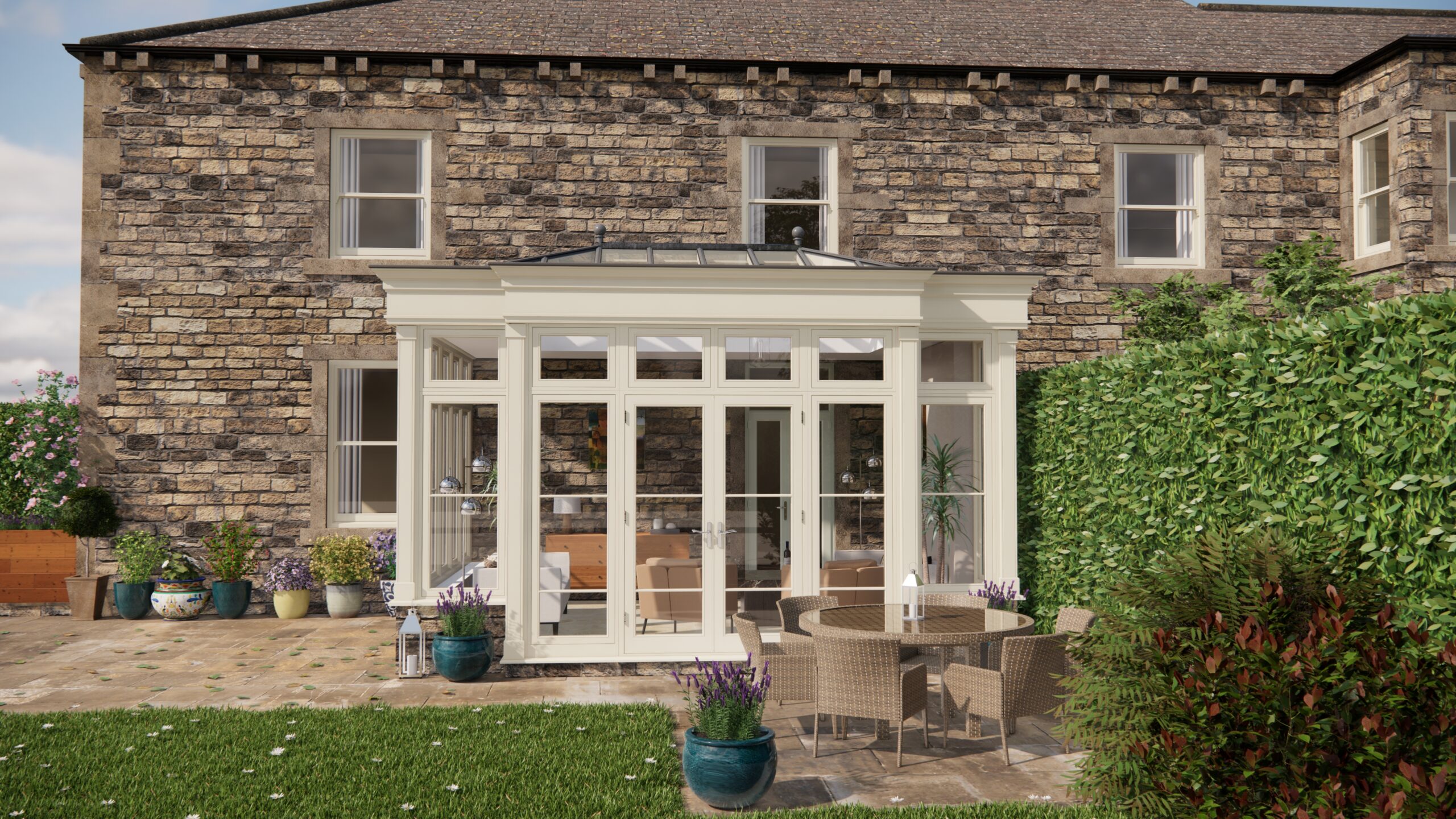Last weekend, I had an enlightening conversation with my friend Emma over a cup of tea. Emma had recently transformed a part of her home into an orangery, and I was eager to hear about her journey. The idea of creating a multi-functional space that bridges the gap between indoors and outdoors has always intrigued me, and Emma’s experience gave me a fresh perspective on how orangeries can enhance daily life.
Emma’s journey began with a simple desire to have more natural light in her home. Living in the UK, she often found the gloomy weather a bit too oppressive, especially during the winter months. She wanted a space where she could enjoy the warmth of the sun, regardless of the season. That’s when the idea of an orangery came into play.
Deciding on the Design and Purpose
Emma explained that the first step was to decide on the design and purpose of the orangery. She wanted it to serve multiple functions: a place to relax, entertain guests, and even work from home. She said, “It’s like having a sunlit sanctuary that adapts to my needs.” This multi-functional aspect is what makes orangeries so appealing. They’re not just about aesthetics but also about enhancing lifestyle.
The design process involved working closely with an architect to ensure the orangery complemented the existing structure of her home. Emma advised considering the style of your house to create a seamless transition. She opted for large glass panels to maximise light and chose a colour palette that mirrored the surrounding garden.
Choosing the Right Materials
Next, Emma talked about the importance of selecting the right materials. She opted for high-quality, energy-efficient glass to ensure the space would remain comfortable year-round. “I wanted a space that was warm in the winter and cool in the summer,” she explained. She also chose sustainable timber for the frames, aligning with her commitment to eco-friendly living.
Emma mentioned that while choosing materials, it’s crucial to consider maintenance. She went with self-cleaning glass, which was a game-changer. It reduced the amount of time she spent cleaning, allowing her to enjoy the space without the hassle of constant upkeep.
Creating a Harmonious Interior
Once the structure was in place, Emma focused on the interior design. She aimed for a balance between functionality and comfort. She incorporated flexible furniture like modular sofas and an extendable dining table to accommodate different activities and numbers of people. “I love having friends over for dinner, and the orangery provides the perfect backdrop,” she said with a smile.
For the flooring, Emma chose a neutral stone tile that was both durable and stylish. It complemented her choice of plush rugs that added warmth and texture to the space. She also didn’t shy away from introducing a splash of greenery. Potted plants and hanging vines brought a touch of the outdoors inside, enhancing the tranquil atmosphere.
The Impact on Daily Life
Emma shared how the orangery has significantly improved her daily life. It’s become her go-to spot for morning coffee and evening relaxation. She uses it as a home office, appreciating the natural light that boosts her productivity. “It’s amazing how a change in environment can inspire creativity,” she noted.
Moreover, the orangery has become a social hub. Emma takes pride in hosting gatherings where guests can enjoy the beauty of the garden without worrying about the weather. The space offers a unique blend of comfort and elegance, making it ideal for any occasion.
Tips for Creating Your Own Orangery
After hearing Emma’s journey, I asked if she had any tips for someone considering creating an orangery. She emphasised the importance of planning and budgeting. “Know what you want to achieve and set a realistic budget,” she advised. Emma also recommended investing in quality materials and professional help to ensure the orangery stands the test of time.
She highlighted the value of personalisation. An orangery should reflect your personality and meet your specific needs. Whether it’s adding a reading nook or a small herb garden, these personal touches make the space truly yours.
As our conversation wound down, I realised that an orangery is more than just an architectural addition; it’s a lifestyle enhancement. It’s about creating a cohesive space that nurtures well-being and fosters connection. Emma’s experience opened my eyes to the endless possibilities an orangery can offer, and I’m already dreaming up ideas for my own little sunlit haven.


